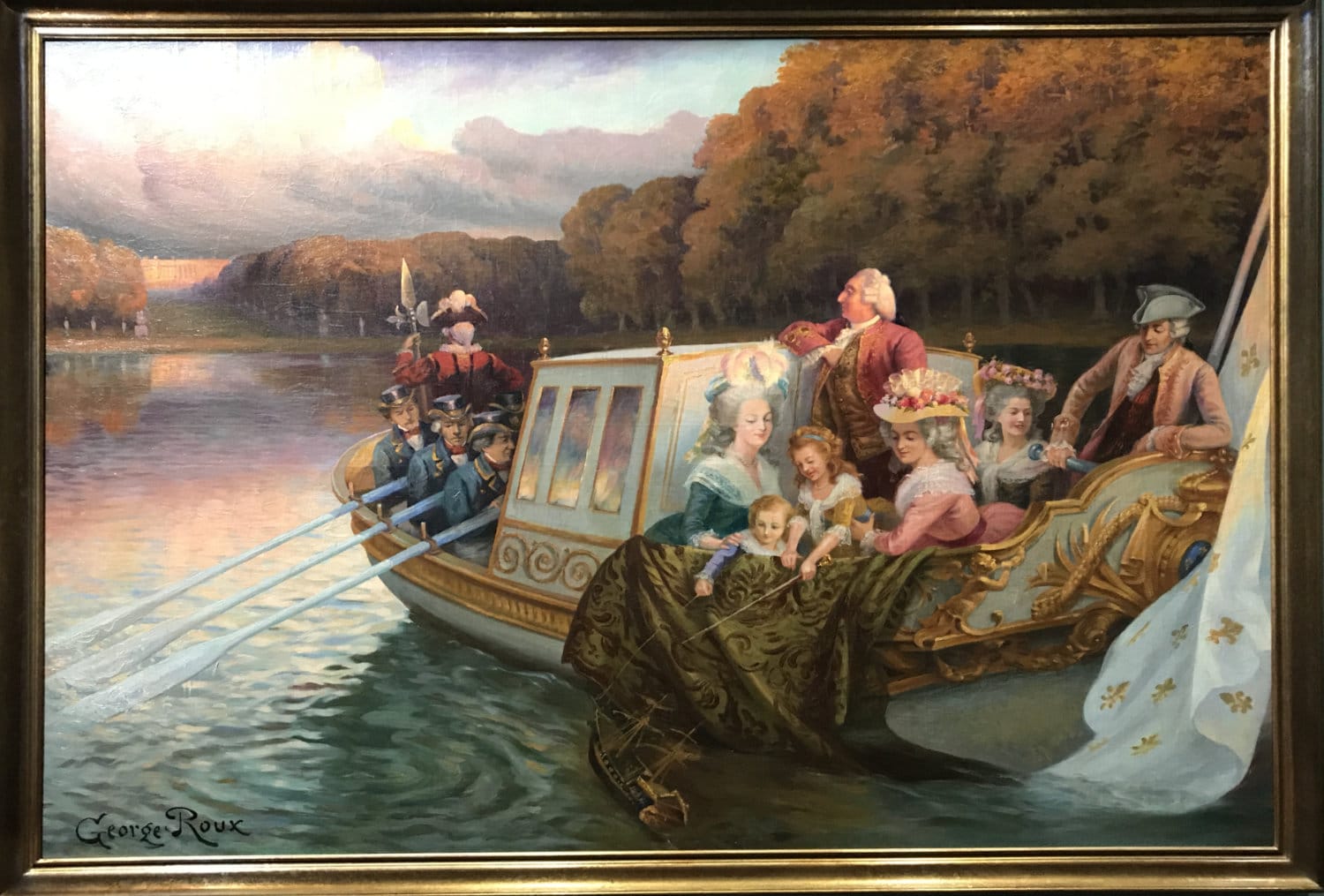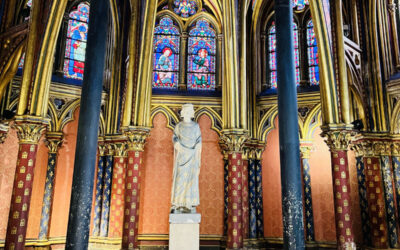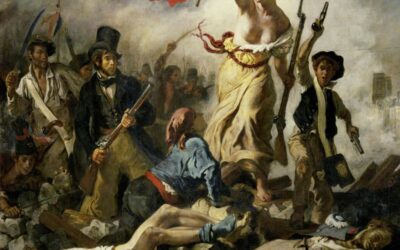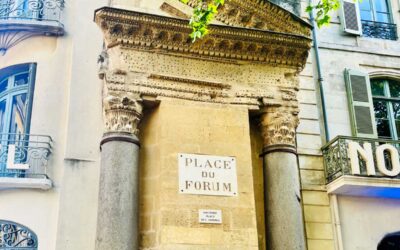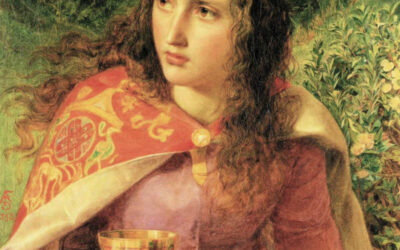The French monarchy used to be among the most prominent in the world. As one of the earliest monarchies in Europe, the Kings and Queens of France used to be some of the most powerful on the Old Continent.
The rulers of France used to set the standard for fashion, architecture, and rule of law, that was followed by much of Europe. Not to mention the language. There is a reason that most of the royal houses of Europe used to speak French.
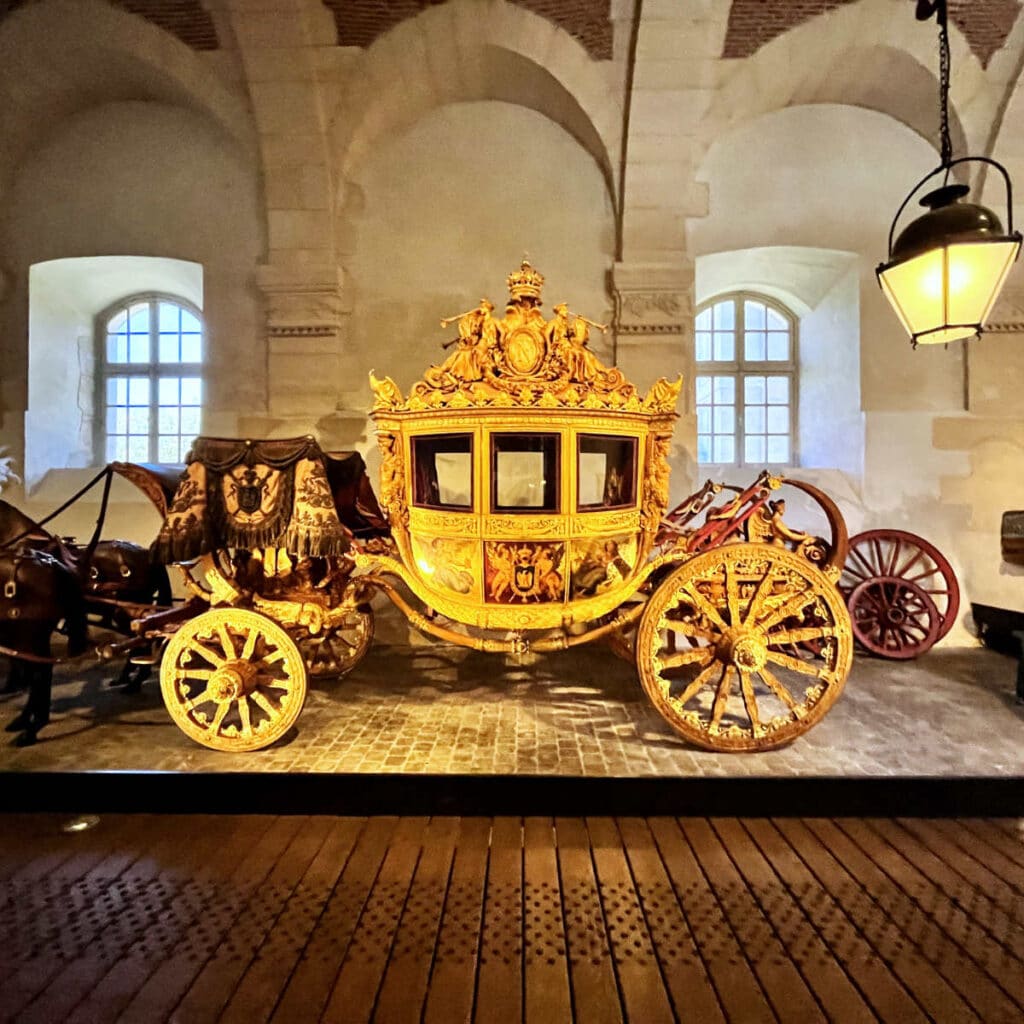
Today, France may be a democracy and a republic, but that doesn’t mean we can’t have a bit of fun and get to know the most famous monarchs of France and other members of French royalty, who just happened to have changed world history.
Now, I should note that France was not always the country with the borders that we see today. With a series of nobles and chiefs lording all over the place, the Celtic Gaul tribes were easily defeated by Julius Caesar and the Roman Empire.
After the fall of the Roman Empire emerged a Germanic tribe named the Franks. The country France is named after the Franks, and it is their leader who becomes monarch and the “1st King of France”.
- 1. Clovis (466 – 511)
- 2. Charlemagne (748 – 814)
- 3. Hugh Capet (939 – 996)
- 4. William the Conqueror (1028 – 1087)
- 5. Eleanor of Aquitaine (1122 – 1204)
- 6. Saint King Louis IX (1214 – 1270)
- 7. Margaret, Elenor, Sanchia and Beatrice of Provence (13th-century)
- 8. Philippe le Bel (1268 – 1314)
- 9. Anne of Brittany (1477 – 1514)
- 10. Francis I (1494 – 1547)
- 11. Catherine de Medici (1519 – 1589)
- 12. Henri IV (1553 – 1610)
- 13. Sun King Louis XIV (1638 – 1 September 1715)
- 14. King Louis XVI (1754 – 1793) and Marie Antoinette (1755 – 1793)
- 15. Napoleon Bonaparte (1769 – 1821)
- 16. Napoleon III (1808 – 1873)
1. Clovis (466 – 511)
Clovis I was the first king of the Franks to unite all of the Frankish tribes under one ruler in 481 AD, and ensuring that the monarchy was passed down to his heirs, as part of the Merovingian dynasty and the start of the Frankish Empire.
Importantly, Clovis converted to Christianity on the urging of his wife Clotilde (who is proclaimed a saint for this act), and Saint Genevieve, the patron saint of Paris.
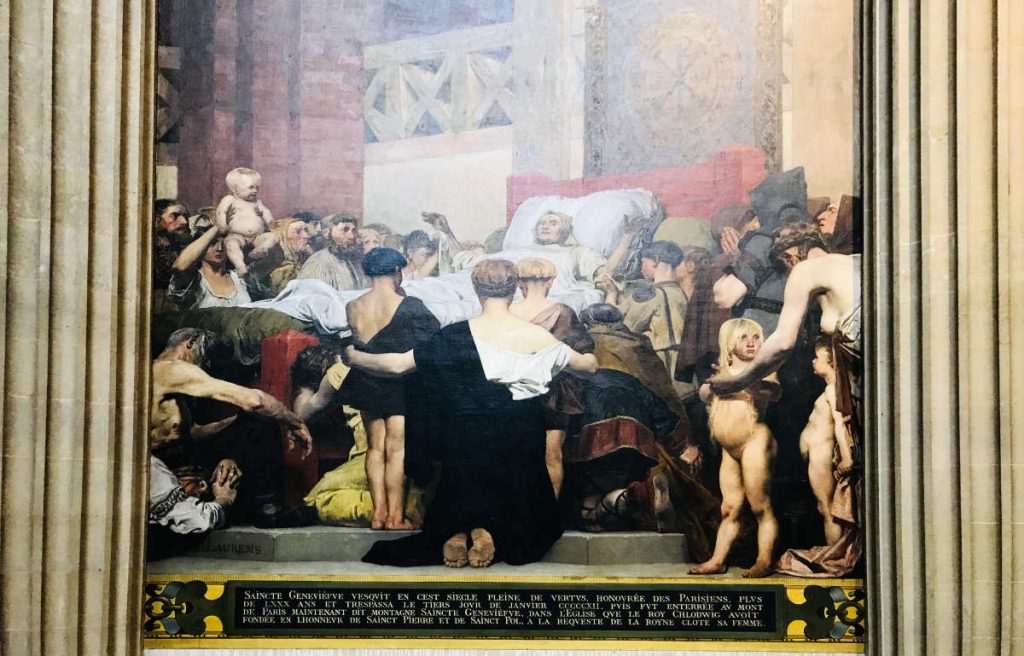
It is Clovis I who establishes Paris his capital in 508AD on Ile de la Cité, because of its strategic position on the River Seine based on the guidance of a nun, Saint Genevieve. The fleur de lys which symbol of the French monarchy is thought to represent Clovis’s conversion to Christianity.
2. Charlemagne (748 – 814)
They say that every European is related to King Charlemagne. His father, Pepin le Bref, defeated one of the descendants of Clovis and mounts on the throne. It was the start of the Carolingian dynasty.
After disposing off his brother, Charlemagne had conquered almost the entirety of the area known today as France and Germany by 768 AD, in what was called the Holy Roman Empire. A large portion of Europe had by now become Christian.
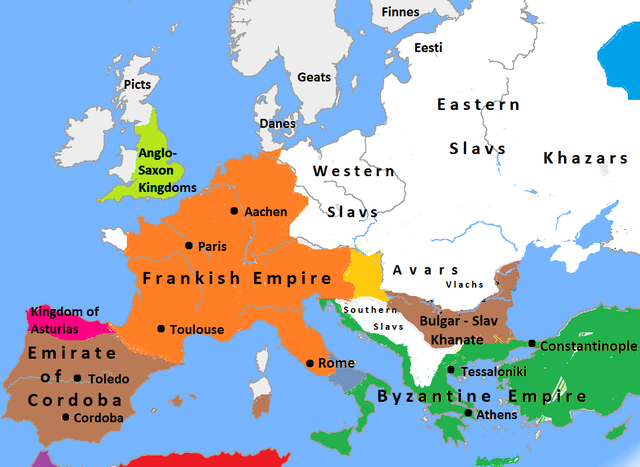
Charlemagne had 23 children, among them many sons. Upon his death, his sons started squabbling. By 842 AD, two of his grandsons, Louis of East Francia (Germany) and Charles of West Francia (France), decided to sign a treaty called the Oath of Strasbourg.
Their goal was to oppose their older brother Lothair of Middle Francia. It was the start of the many wars fought in this region, of what is now Alsace, between France and Germany.
3. Hugh Capet (939 – 996)
With Charlemagne’s descendants all fighting amongst themselves, and it is actually through a great-grandaughter of Charlemagne, that we have our next famous French ruler.
Hugh Capet was elected to the throne and becomes the founder of the powerful House of Capet. It is the start of what historians regard the beginnings of modern France.
It is this Capetian dynasty and its many derivative cadet branches, that becomes the House of France that rules France until the French Revolution in 1789.
4. William the Conqueror (1028 – 1087)
While the Capetian Kings were busy ruling the Franks, the bastard son of a nobleman had just become Duke of Normandy. He technically owed allegiance to the King of France, but as the powerful Duke of Normandy he was the ruler of his domain.
Guillaume married a woman named Mathilde and left her in charge as he goes off across the English Channel in 1066 to defeat Harold in the Battle of Hastings. And hence was born the legend of Guillaume, anglicised into William the Conqueror.
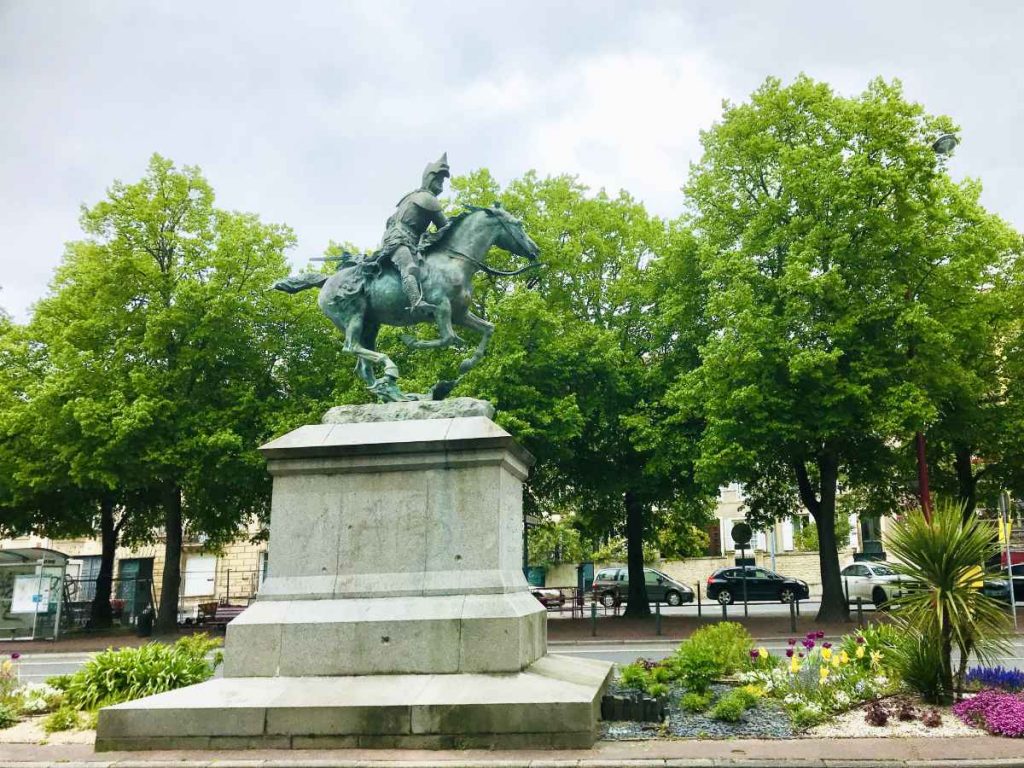
William spoke French so the language of the (English) court was French, a tradition that his descendants continued for centuries. As such, approximately 45% of words in English are rooted in French.
However, this lingustic complicity would not do much to avoid the centuries of warfare between the English Kings and the Kings of France. William maintained close ties with his Duchy of Normandy, and was even buried in his Norman capital at Caen.
His descendants would regularly contest the Kings of France for territory and power. You can read more fun quotes about the rivalry between the British and French here.
5. Eleanor of Aquitaine (1122 – 1204)
In the Middle Ages, a young 14-year-old girl named Alienor inherited everything upon the death of her father, becoming one of the wealthiest brides in Europe. Outliving her brother, Alienor would become the duchess of the vast territory of Aquitaine (which is the region around Bordeaux).
Beautiful and wealthy, she was quickly married off to the future King of France Louis VII of the House of Capet. As Queen, she gave him 2 daughters but no sons, which causes Louis VII to annul the marriage.
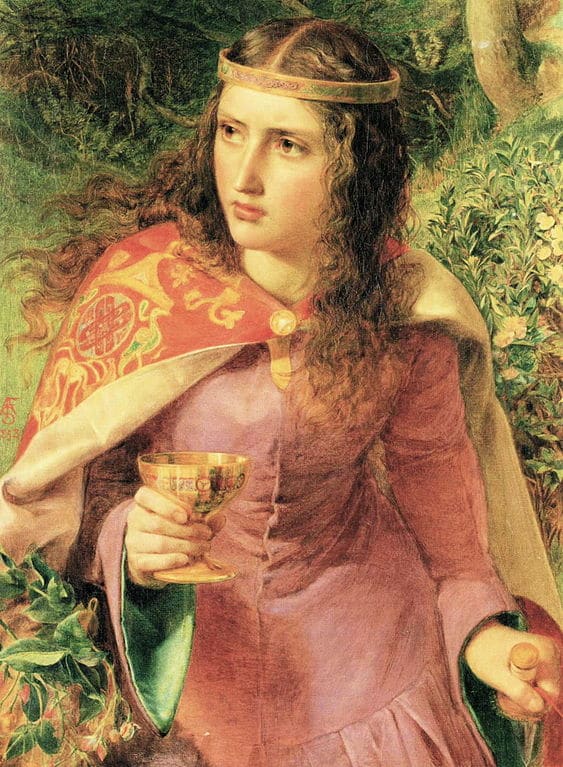
Clever Alienor then took her fate into her own hands. She proposed to marry the grandson of William the Conqueror, Henri II of England (and current Duke of Normandy).
As her duchy of Aquitaine remained in her name, by combining Normandy and Aquitaine, almost 1/2 of France went under the rule of the English King.
And in case you were wondering, the now anglicised Eleanor of Aquitaine gave her new husband 4 sons, including King Richard the Lionheart of England and (evil) King John of Robinhood of Magna Carter fame.
6. Saint King Louis IX (1214 – 1270)
Intermarriages between the royal houses was de rigeur at this point, and Eleanor of Aquitaine managed to get her grandaughter Blanche de Castille married to the French King (who would soon die) and proclaimed as Queen of France.
Blanche would rule as regent till her son King Louis IX reached maturity. Louis was a very pious man and he was rich. He purchased what is purported to be the Crown of Thorns that Jesus wears while on the cross from the Emperor of Constantinople (today Turkey).
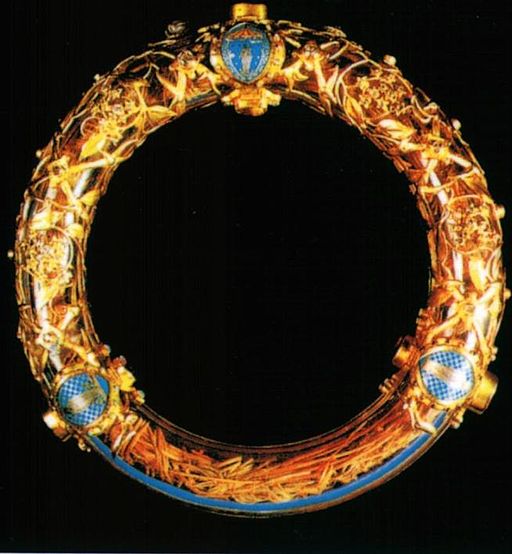
For this and his many crusades to the Middle East, he is the only king of France to be canonized in the Catholic Church.
Saint Louis’ crown of thorns was held in Notre Dame de Paris Cathedral and was rescued from the 2019 fire. It is currently in a secure location, until it can be restored to the Cathedral.
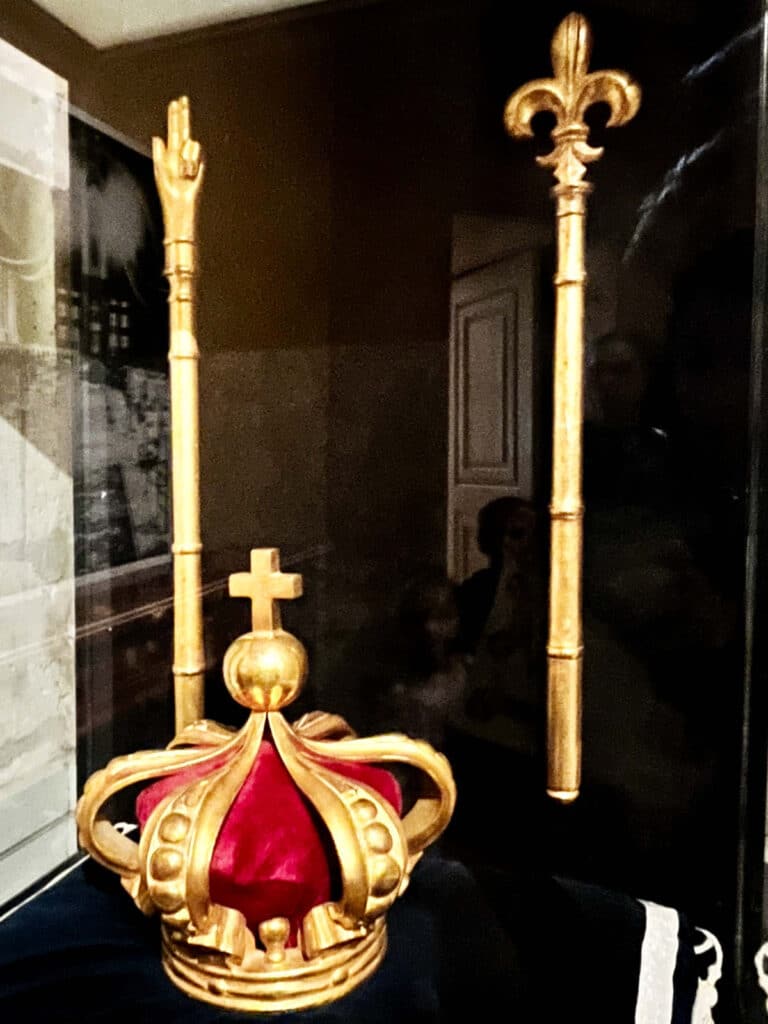
7. Margaret, Elenor, Sanchia and Beatrice of Provence (13th-century)
When Ramon Berenguer, the Count of Provence died in 1245, he left behind 4 daughters. His sons had been still-born, leaving the succession in doubt. Provence at the time was an autonomous region and not a part of France.
His four daughters, Margaret, Elenor, Sanchia and Beatrice were reputed to be quite beautiful, along with being rich. Each would marry either into the royal family of France or the royal house of England, and be crowned Queen:
- Margaret of Provence (1221–1295), wife of Saint King Louis IX of France.
- Eleanor of Provence (1223–1291), wife of King Henry III of England.
- Sanchia of Provence (1225–1261), wife of King Richard of the Romans and Germany, brother of the King of England.
- Beatrice of Provence (1229 -1267), wife of King Charles I of Sicily, brother of the King of France.
It was the youngest Beatrice who would become the heiress of the Count of Provence and Marseille, which was theoretically to remain autonomous. Her husband Charles would rule Provence on her behalf and managed to quell the first of many rebellions. But there was always an underlying current of distrust.
With the sisters’ marriages, the royal houses of France and England were even more closely related than ever before. Provence would eventually fall under the rule of France in 1481, although the city of Marseille would continue to rebel against Paris and the King.
8. Philippe le Bel (1268 – 1314)
It was the late 13th century and everyone was fighting. Normandy and Aquitaine were still being disputed over by the Kings of France and England, and the crusades to the Middle East were in full force.
On the French throne was Philippe le Bel (Philippe IV or Philippe the Fair). He needed money to fight his wars. A group of crusaders-for-hire known as the Order of the Knights Templar becomes his target. The Knights Templar have a side-hustle banking and are known to be very rich.
At the time, the Catholic Popes were based in Avignon in Provence, not Rome, and many of the Knights Templar were based in France.
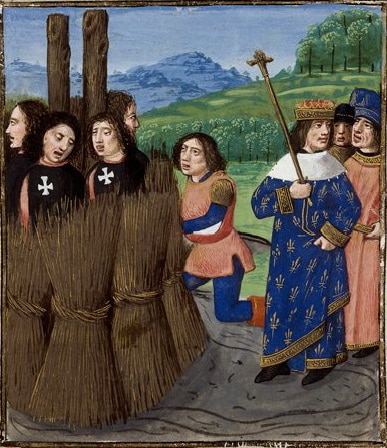
Heavily in debt to the Templars, Philippe le Bel rounded them all up, tortured them, and burnt their leader Jacques de Molay at the stake. He seized all their lands and their money, and became more powerful than ever.
Jacques de Molay would get his revenge however. Cursing Philippe le Bel from the stake, the French King soon died, as did all his 3 sons and direct male descendants. And his only daughter Isabella was married to the English King.
The French throne was now up for grabs. The result would be the 100 years’ war between the English and French royal houses, in order to be crowned King of France.
9. Anne of Brittany (1477 – 1514)
The 100 years’ war had barely ended, when there was a new highly eligible 14-year-old bride on the royal marriage mart. The Duchy of Brittany next to Normandy had a new very rich Duchess, Anne de Bretagne (the French word for Brittany).
It was 1491 and she (and her lands) were so coveted, that she was promptly betrothed to:
- Edward, Prince of Wales and heir to the English throne
- Maximilian, King of the Romans and Archduke of Austria
- Alain I of Albret, a French count and great-grandson of Duke John V of Brittany
- Louis, Duke of Orléans, cousin of French King Charles VIII.
- John IV of Chalon-Arlay, Prince of Orange (Netherlands)
- Edward Stafford, 3rd Duke of Buckingham (England)
The poor girl, fortunately, didn’t have to marry all those men, because the King of France Charles VIII (and his army) insisted that she marry him instead.
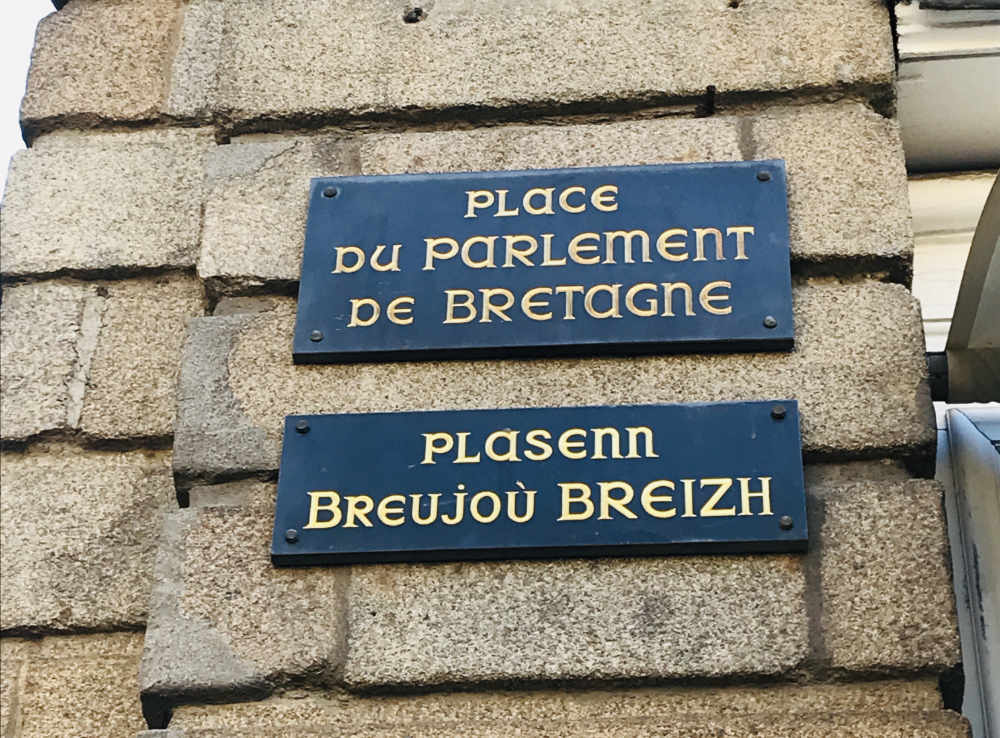
In order to save the city of Rennes which was under siege, she acquiesced. And thus the duchy of Brittany became part of France.
Her husband Charles VIII would not last long however. None of their children survived early childhood, and when the king died in 1498, the throne went to his cousin, Louis XII. Following an agreement made to secure the annexation of Brittany, Anne had to marry the new king, making her twice the Queen of France.
Throughout her reign she fought for the rights of Bretons, as its citizens were called, and to this day Brittany considers itself a separate entity, paying her tribute.
10. Francis I (1494 – 1547)
Anne de Bretagne would not have any male children, and so it is her daughter Claude who is required to marry the next in line to the French throne, François I. It is the 16th century, and with the wars with England have reached an uneasy truce, and it is the era of the Renaissance.
François I turns his attention to Italy instead, aiming to be crowned Holy Roman Emperor by the Catholic Pope. The problem is that he has Charles V, the duke of Burgundy (and King of Spain and Austria) in his way. Charles was part of the powerful House of Habsburgs and was actually supposed to marry Claude before François I stepped in.

François fails in his quest to become Holy Roman Emperor, but he doesn’t let that get him down.
He throws himself into the renaissance, becoming the patron of Leonardo da Vinci at Clos Lucé in Amboise, making French the language of France, and building other extravagant châteaux in the Loire valley like the Château de Chambord, and near Paris like the Château de Fontainebleau.
11. Catherine de Medici (1519 – 1589)
The younger son of François I married an Italian noblewoman from the powerful Medici family, bringing with her plenty of wealth. She was never meant to be Queen of France.
As the wife of Henri II, Catherine de Medici gives him 3 sons who will each become King of France, and 2 daughters who will become Queen.
She was quite bossy and unpleasant however, and Henri II was soon more occupied with his favorite Diane de Poitiers, who constructs the famous Château de Chenonceau on the water, in the Loire Valley.
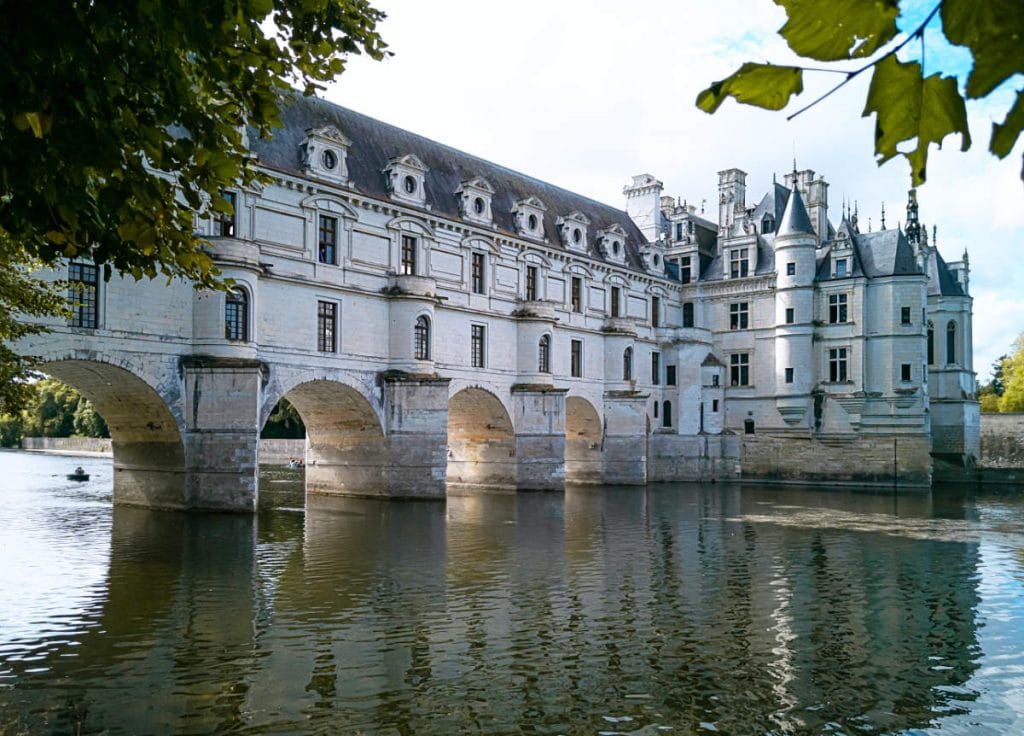
After her husband died, Catherine quickly seized the Château and banishes Diane. Catherine also married her oldest son to Catholic Mary Queen of Scots in an alliance against the English, becoming one of the most powerful women in France and Europe.
Luck would not be on her side, however. With Catherine in charge, France was in full out civil and religious war, as Catholics in Paris and Protestant Huguenots in the south of France fought each other.
Over 3 million French people are believed to have died, making it one of the deadliest religious wars in Europe. In addition, each of her sons died before leaving any heirs.
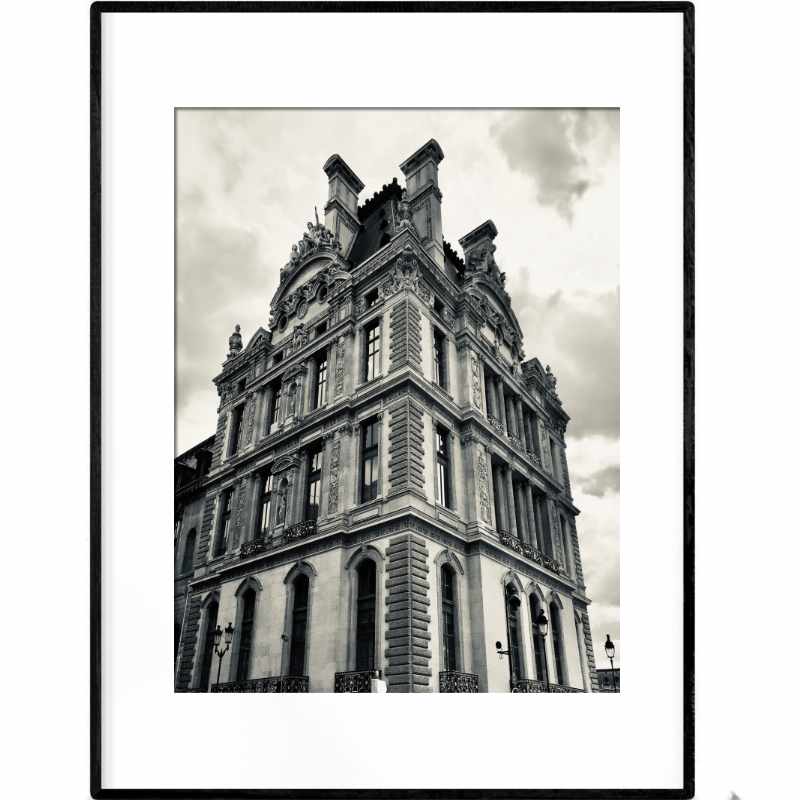
12. Henri IV (1553 – 1610)
With her sons dead, and one daughter already married to the King of Spain, Catherine de Medici married her last remaining daughter Marguerite of Valois to the next King, Henri IV (Henri of Navarre).
Henri IV is protestant, and marrying Catholic Marguerite was meant to put an end to the wars of religion between the Catholics and Protestant Huguenots.
After a rather brutal massacre outside the Louvre Palace a couple of days after their wedding, Henri realized that it is not quite going to work out as easily as he thought.
Paris is worth a mass.
Henri IV
In the words of King Henri IV “Paris vaut bien une messe“, meaning “Paris is worth a mass.” Protestant Henry uttered this famous quote about Paris in 1593 as he was converted to Catholicism.
Among all the cathedrals across France, he chose to convert at the Cathedral de Saint-Denis just outside Paris, since his entry to Notre Dame de Paris could be contested. His pragmatism earned him the nickname “le bon roi Henri” (good King Henry).
Henry IV proved to be a man of vision and courage. Instead of waging costly wars he adopted policies and undertook projects to improve the lives of all subjects, which made him one of the country’s most popular rulers ever.
He regularized finances, promoted agriculture, drained swamps, encouraged education and restored Paris as a great city, after all its suffering during the religious wars.
Not everyone was happy with Henri IV however, and after several previous attempts, he was assassinated at the age of 56.
13. Sun King Louis XIV (1638 – 1 September 1715)
Henri IV’s son also dies young, and so it is his grandson the Sun King Louis XIV who becomes the monarch at the age of 4.
It was a tumultuous time known as the Fronde, with nobles at the time contesting his mother Anne of Austria (another Anne), who acted as Regent.
At one point, the 12-year old Louis and his mother were held prisoner at Palais Royal in Paris (the palace next to the Louvre) until they conceded to the demands of the frondeurs.
This made Louis detest and distrust Paris. When young Louis reached his majority, he immediately looked for a new power base, and settled on the family’s old hunting lodge: Versailles which was a couple of hours away from Paris by horse.
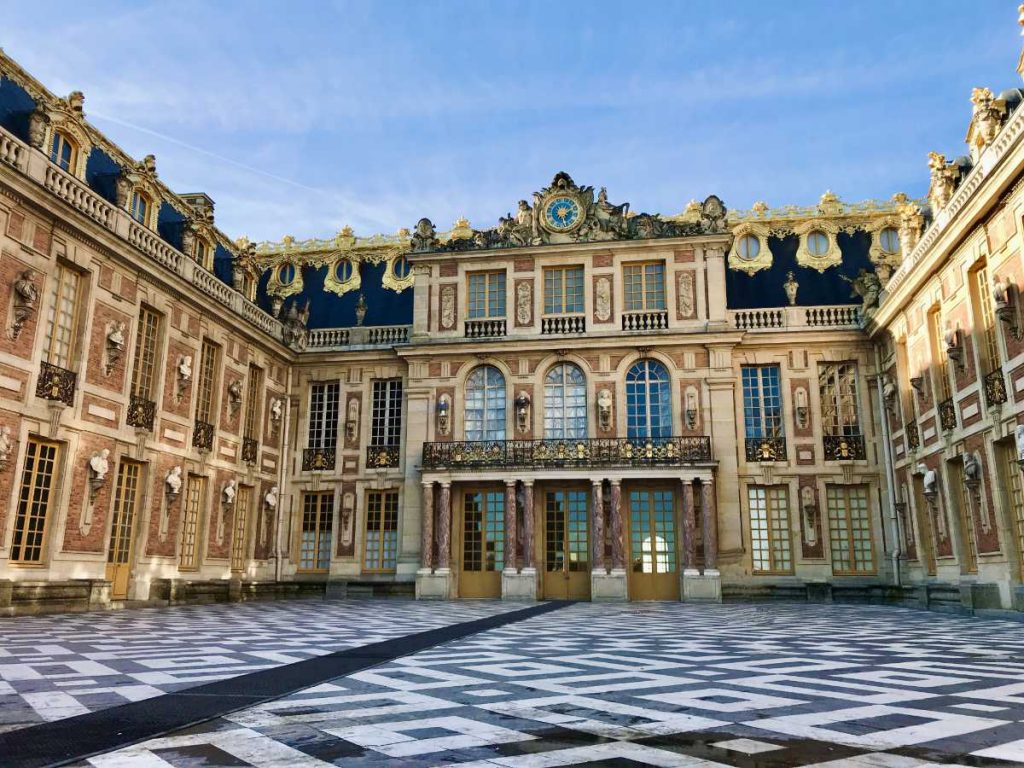
Louis XIV set about on a grand construction project (where many workers died) to build what we know today as the Palace of Versailles, and its famous Hall of Mirrors. From Versailles, the Sun King reigned supremely and unkindly.
He came up with a strict dress code, detailed etiquette rules, and all sorts of other dictatures, so that he could immediately spot who was taking him seriously and who was not. The nobles were so busy spending their money on expensive new outfits that they had no funds to pay soldiers to overthrow the King.
The Sun King Louis XIV ruled for over 72 years and is the longest recorded of any monarch of a sovereign country in European history.
14. King Louis XVI (1754 – 1793) and Marie Antoinette (1755 – 1793)
The Royal Palace at Versailles was the capital of elegance by the time Austrian Marie-Antoinette married his great-great grandson Louis XVI, more than 200 years later. But France was slowly going bankrupt.
And the 16-year-old Marie-Antoinette was desperately homesick. Adding to her misery, her husband took 7 years to consummate the marriage and give her a child. It took an official visit and a man-to-man pep talk from Marie Antoinette’s older brother, the Emperor Joseph of Austria, to deblock the situation.
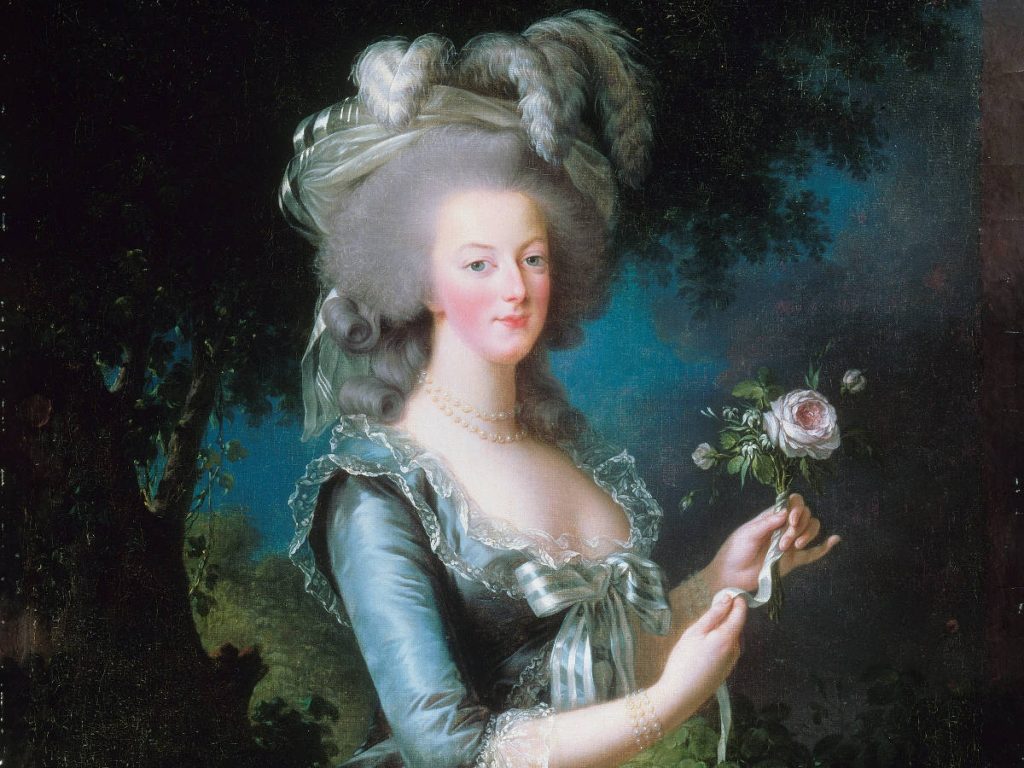
King Louis XVI spent a lot of money helping the American Revolutionaries fight their mutual arch-enemy, the English. To pay for it all, he tried to impose even more taxes on the poor to raise money.
But for him, the distance from Paris which once an advantage for Versailles, was now a drawback. Such extravagant opulence far from the lives of starving Parisians raised their ire. Marie-Antoinette’s spending habits and her foreignness didn’t help either.
On 5 October 1789, the French people marched to Versailles, and made the Royal Family return to Paris as their prisoners. The King, Queen, and their children would never return.
The King and Queen were beheaded at Place de la Concorde in Paris after several months in prison. Their 10-year-old son (Louis XVII) disappeared and no trace remains of what happened to him. Their 12 year-old daughter fared a bit better and survived the Revolution to the ripe old age of 70. But she was so traumatized, she never had children.
15. Napoleon Bonaparte (1769 – 1821)
The French Revolution may have been in 1789, but just a few short years later, would fall back into a monarchy.
Born in Corsica to a minor Italian noble family, Napoleon Bonaparte rises quickly through the ranks of the French Army. By 1799, he is elected First Consul of the Republique. By 1804, Napoleon was voted Emperor, making his wife Josephine Empress.
Six years his senior, Josephine had already been married and had 2 children, Eugène and Hortense. However, Napoleon’s family hated her, and caught up in politics and his notorious affairs with other women, the couple separated.
Napoleon’s desire to have biological children combined with Josephine’s inability to conceive again, the couple divorced. As part of the settlement, Josephine received Château Malmaison outside of Paris and an annual pension of 5 million francs.
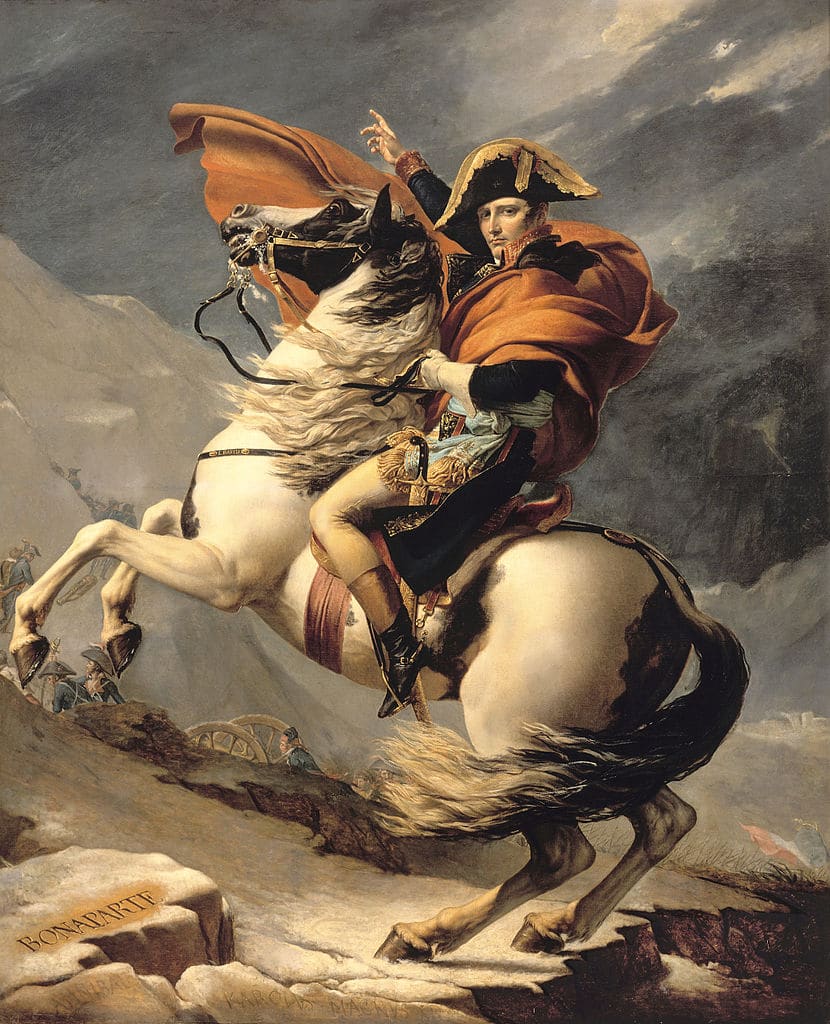
Marriage and politics did not quench his appetite for war, and he went on to conquer and pillage large parts of Italy, Austria, Egypt, and other parts of Europe and Africa.
In between the wars, Napoleon went on to have a son with his 2nd wife Marie Louise of Austria, but the boy would die of tuberculoses at the age of 21 and never become King.
After a disastrous campaign in Russia, he retreated back to France with a much depleted army and found himself overrun by the British. Signing his surrender at the Château de Fontainebleau, he was exiled to the island of Elba. A few months later, he escaped and made a dramatic comeback to Paris.
It was not to be however. Finally defeated at the Battle of Waterloo, again by the British and her allies, he was exiled to the island of Saint Helena in 1821 where he dies after 6 years in rather poor conditions.
16. Napoleon III (1808 – 1873)
After the death of Napoleon Bonaparte, the British restored the French monarchy by putting on the throne a series of minor members of the House of France, the last of whom would be Louis Philippe (known as the last King of France).
Napoleon’s nephew however, Charles Louis Napoléon Bonaparte (aka Emperor Napoleon III) was waiting in the wings. After a couple of “small” revolutions and abdications in between, he finally seizes power in 1851 and declares himself Emperor.

He was a generally efficient monarch, working to moderize France, boosting the economy and expanding the merchant navy. And he gave carte blanche to an architect named Baron Haussman to redraw the map of Paris, by razing much of the center to the ground, and building much of the Paris we see today.
Napoleon III’s reign would not last however. Prussia (as Germany was then known) was gaining in power and the British did not trust the nephew of the enemy who had brought them so many years of war. Short of allies and growing older, he would surrender in 1870 to the Prussians and die in Germany.
With a series of Germanic invasions, a couple of World Wars, and many other upheavals, there would never again be a King (or Emperor) of France, although there are plenty descendants alive of the French royal family today. You can read more about French history here.
Quiz
So do you have what it takes to be a French monarch? Take the quiz below, and figure out which of these French monarchs you lean towards to pick your favorite:
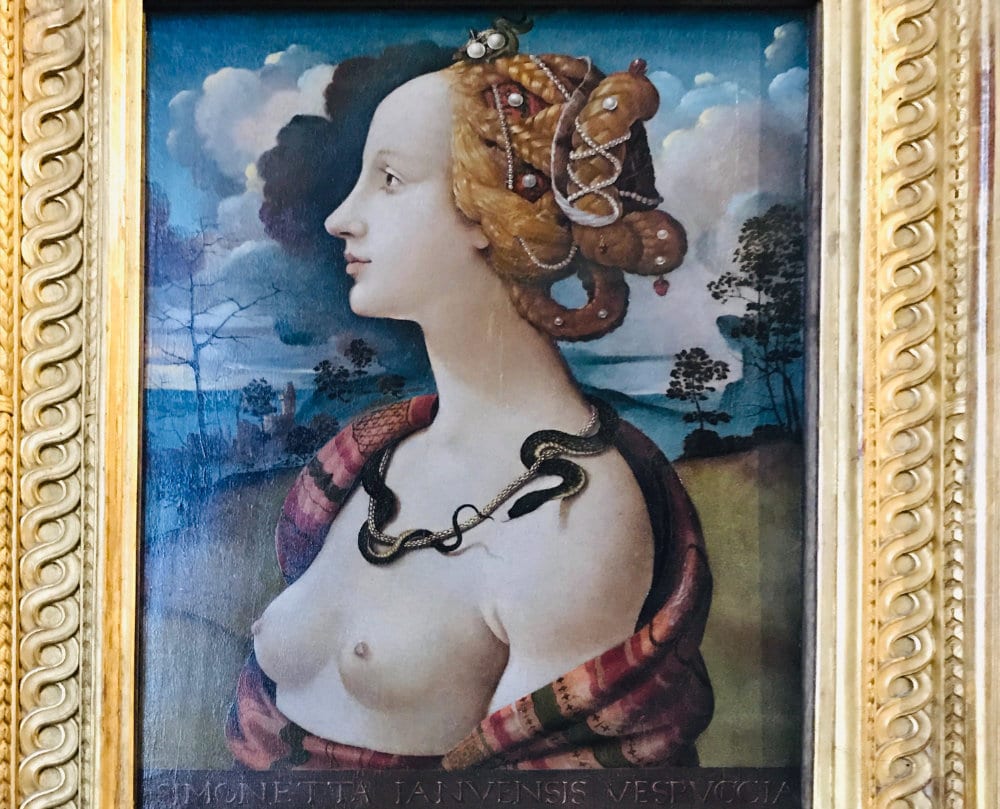
1. Do you enjoy collecting famous works of art?
- a) Yes, I will buy it all. Give me the artist as well!
- b) Yes, but I’m not paying for it. It is mine, give it to me!
- c) We have so much art already, do we need more? Let’s buy a new outfit instead.
- d) Look around you, my home is my masterpiece!
2. Do you like to decorate with gold?
- a) No, that is such a waste! Let’s use the gold for some jewellery instead.
- b) Gold is wonderful, let’s put it everywhere!
- c) Yes! Where is my army? Bring me all the gold you can!
- d) I suppose. Are we going to put gold at the hunting lodge?
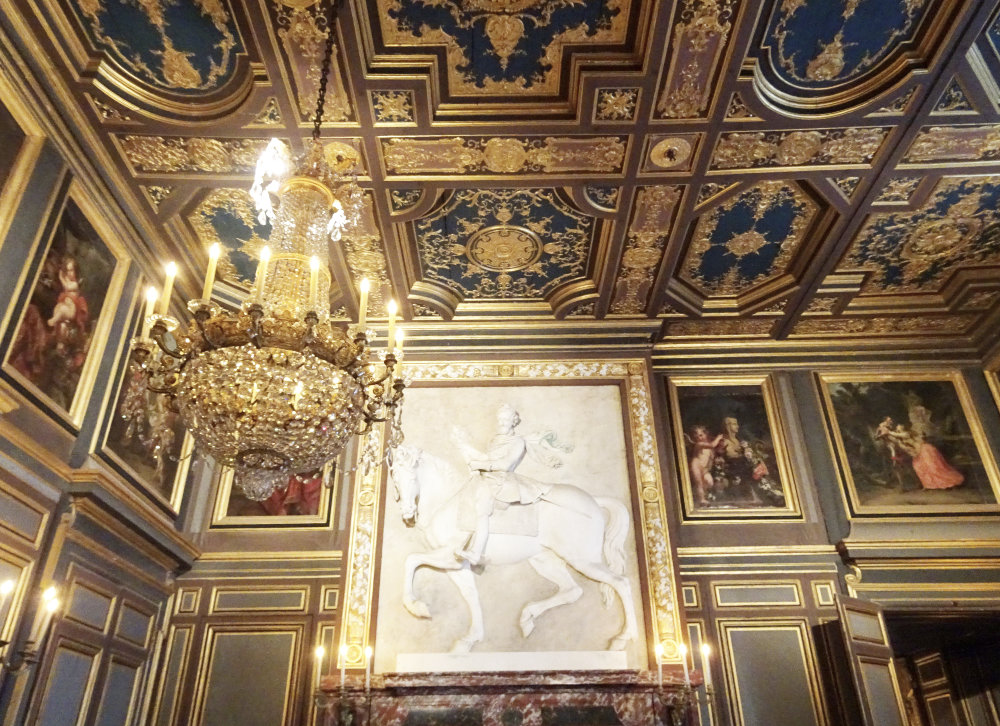
3. Do you like to conquer foreign lands?
- a) Yes, it should all belong to me! Bow down everyone!
- b) No, I’m a foreigner myself! Can I go home now?
- c) Yes, I want Italy. There is a lot of art there.
- d) Yes, can we first start by conquering Paris?
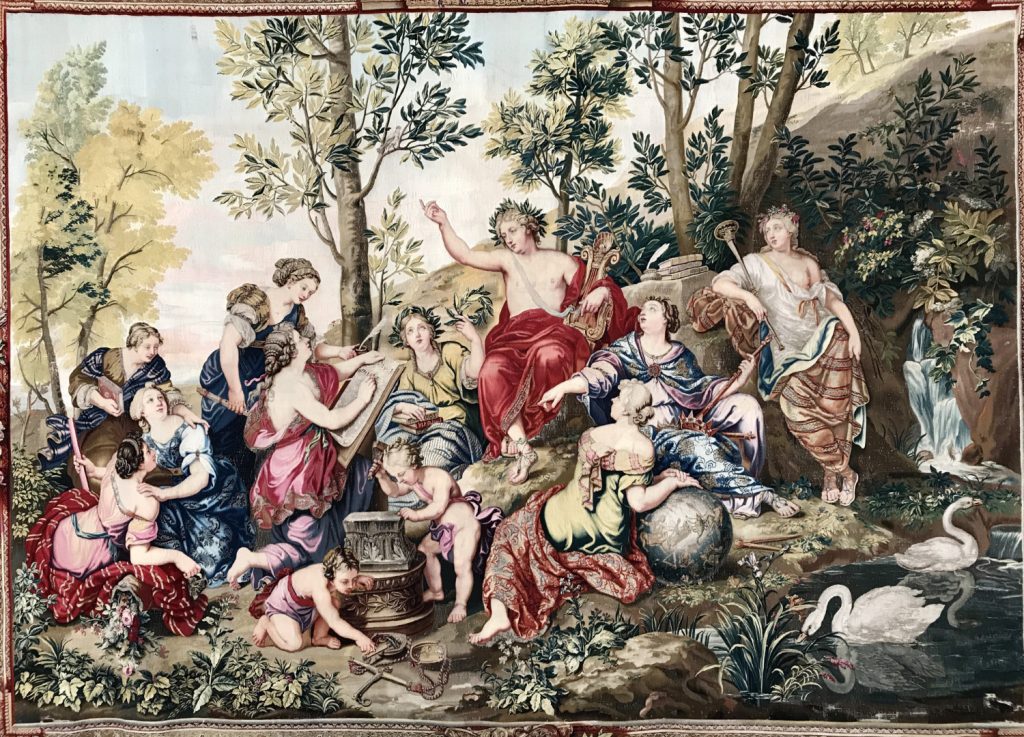
4. Do you like to have your portrait painted?
- a) Yes the more portraits the better! And sculptures, I want sculptures!
- b) I suppose. Make me look handsome!
- c) I suppose if I must. Can we include my kids?
- d) Paintings are alright. But I want my initials everywhere.
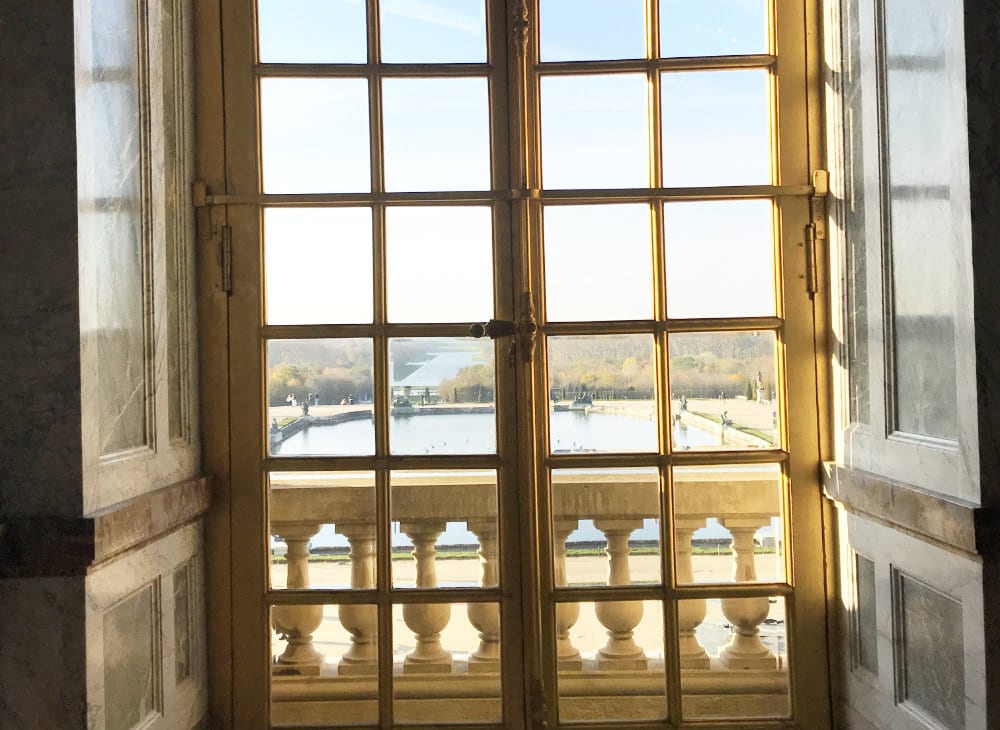
5. Have you ever been held in prison or beheaded?
- a) Yes, by those bl**dy Parisians!
- b) Yes, by the bl**dy English!
- c) Yes, by the bl**dy French!
- d) Yes, by the bl**dy Spanish!

If you enjoyed that quiz, you can read more about Marie Antoinette, François I, Louis XIV, and Napoleon Bonaparte here. And for more fun, don’t forget to check out our other quizzes. A bientôt!
